Goats are known for their versatility – they can provide milk, meat, and fiber and even serve as natural lawnmowers in your pasture. With the increasing demand for organic products, goat farming has gained popularity among consumers seeking high-quality and ethically sourced products. Goats are known for their hardiness and adaptability to various climates, making them suitable for different regions around the world. Additionally, goats are versatile animals that can provide multiple sources of income.
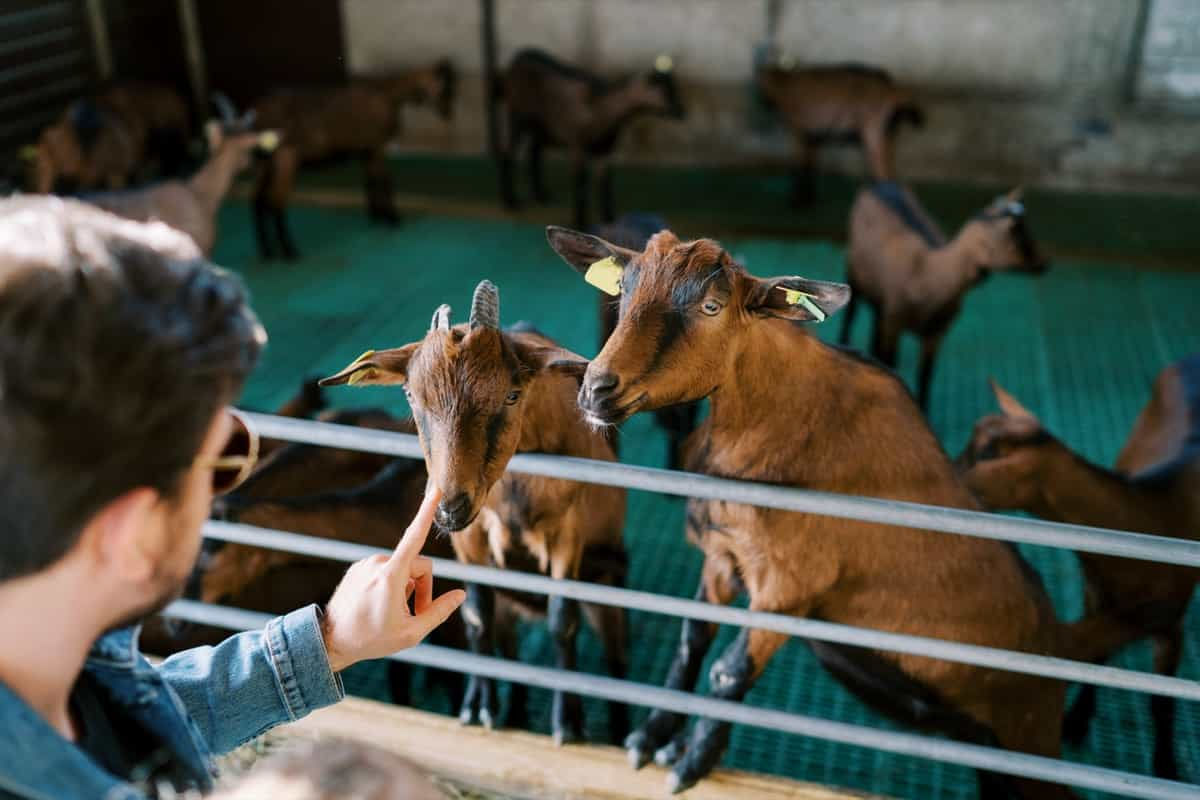
Market Research and Analysis
Understanding the demand for goat products in your target market can help you tailor your business strategies accordingly. Market research helps identify trends, preferences, and potential competitors in the industry. Analyzing pricing structures and consumer behavior can give you an edge in setting competitive prices and developing effective marketing campaigns. Moreover, goat farming can be a profitable venture for entrepreneurs looking to enter the agricultural industry.
Goats also contribute to land management through grazing activities that help prevent wildfires and control invasive plant species. This environmentally friendly aspect further highlights goat farming’s significance in promoting sustainable agriculture practices. It is vital to assess the supply chain dynamics, distribution channels, and any regulatory requirements that may impact your operations. This will help you make informed decisions about sourcing supplies and reaching customers efficiently.
Business Planning and Strategy
Before diving into the venture, take the time to research the market trends and analyze the competition. Identify the target market and niche within the industry. Develop a clear roadmap outlining your goals, objectives, and how you plan to achieve them. Consider factors such as budgeting, pricing strategies, and sales projections.
A well-thought-out business plan will help guide your decisions and keep you on track toward profitability. Stay flexible as needed based on market changes or unexpected challenges that may arise along the way. Remember, flexibility is key in any business endeavor.
Legal and Regulatory Requirements
Compliance with laws and regulations ensures the sustainability and legality of your venture. Before diving in, research the specific rules and regulations related to goat farming in your area. This may include zoning restrictions, livestock permits, or health and safety standards. Consult with local agricultural authorities or seek advice from experienced farmers to ensure you are meeting all necessary legal obligations. Additionally, consider insurance options to protect your business against unforeseen circumstances such as liability claims or property damage.
In case you missed it: Top 20 Goat and Sheep Weight Gain Supplements: Best Sheep and Goat Weight Gain Formulas
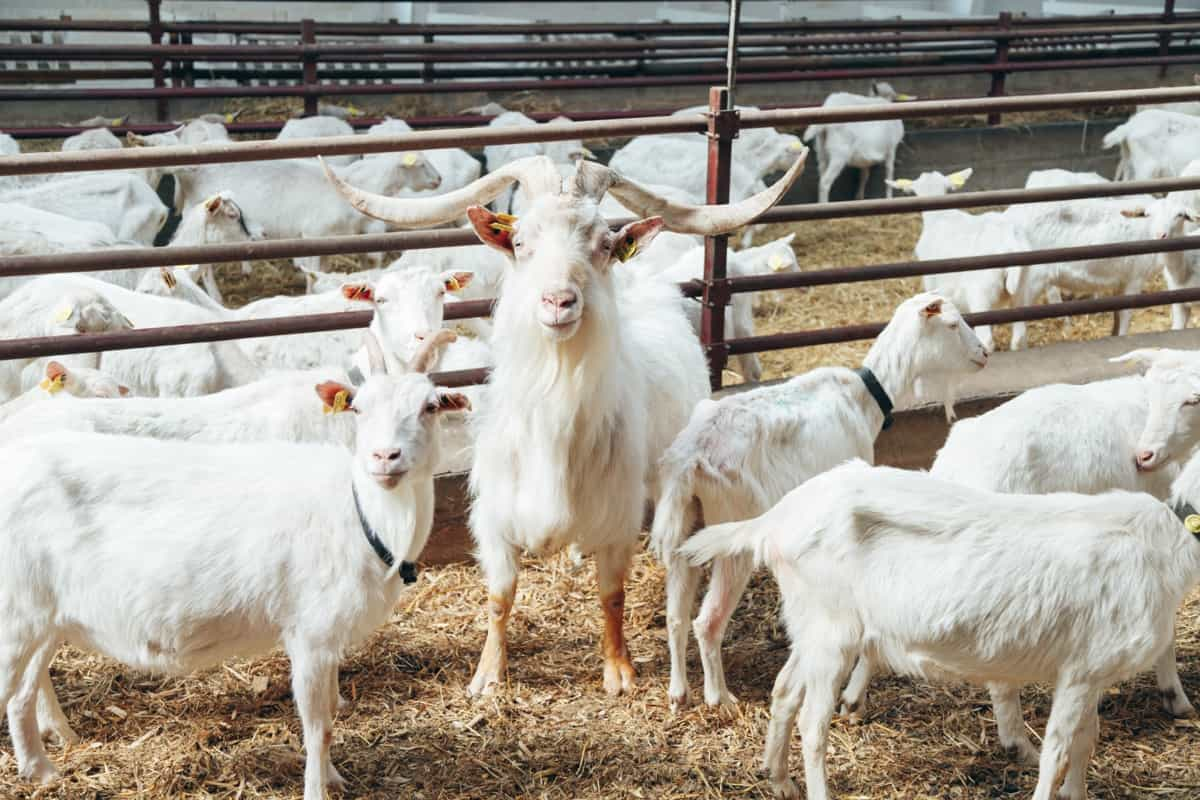
Site Selection and Infrastructure Development
Selecting a suitable location involves considering factors like access to grazing land, water sources, proximity to markets, and availability of veterinary services. Infrastructure development includes building sturdy fences, constructing shelters to protect goats from harsh climates, and setting up feeding and watering systems efficiently.
A well-planned layout of the farm will help optimize space utilization and streamline daily operations. Investing in quality infrastructure upfront can save time and money in the long run by providing a comfortable environment for your goats to thrive.
Goat Breeds Selection and Best Breeds Available
Different breeds offer unique characteristics and advantages depending on your goals. Some popular dairy goat breeds include Saanen, Alpine, Nubian, and LaMancha, known for their high milk production. If you’re interested in meat production, Boer goats are a top choice due to their fast growth rate and quality of meat. For those looking into fiber production, Angora goats are prized for their luxurious mohair fleece.
Pygmy goats are small in size but big in personality, making them great pets or companions. Nigerian Dwarf goats are another versatile breed valued for their milk production despite their pint-sized stature. The best breed for your farm will depend on your specific objectives and resources. Research each breed’s characteristics thoroughly before deciding to ensure the success of the goat farming business.
Procurement of Livestock
It is essential to ensure that you source healthy and high-quality animals. Start by researching reputable suppliers or breeders who have a track record of providing disease-free goats. Consider factors such as the breed suitability for your farm’s goals, productivity, and adaptability to your local climate. It’s crucial to inspect the animals in person before making any purchases to assess their overall health, body condition, and temperament.
Ensure that the goats you procure are vaccinated and dewormed as per recommended schedules. This will help prevent common diseases and parasites from affecting your herd. Additionally, please inquire about the history of each animal regarding previous illnesses or treatments they may have received. Always aim to build a strong relationship with your suppliers for potential future collaborations or additional purchases.
Feeding and Nutrition Management
It is a critical aspect of goat farming that directly impacts the health of your herd. Providing a good diet rich in essential nutrients is important to ensuring the overall well-being of your goats. Goats are known for their browsing behavior, preferring a diet high in roughage, such as grasses, shrubs, and leaves. Supplementing their natural foraging with quality hay, grains, minerals, and clean water is essential to meet their nutritional requirements.
In case you missed it: Protecting Your Flock: A Comprehensive Guide to Vaccination Schedule for Goats and Sheep
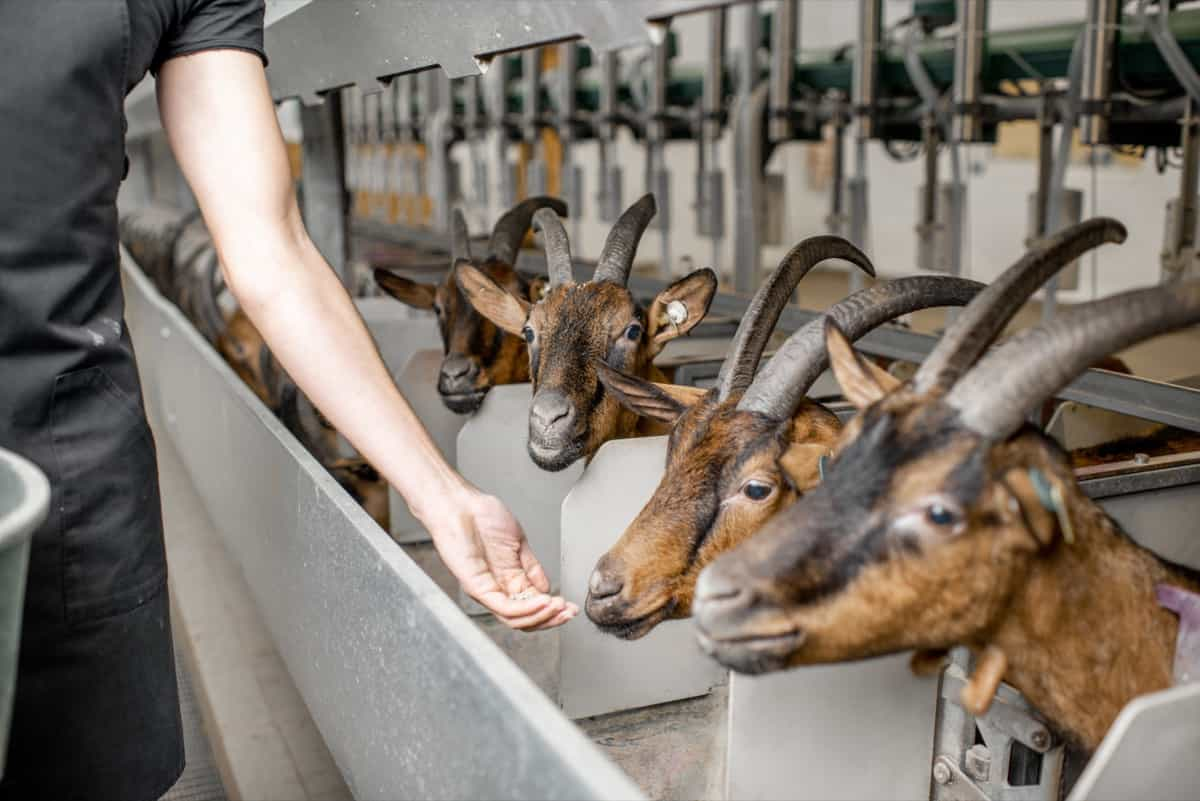
Understanding the nutritional needs of different goat stages – from kids to lactating does to breeding bucks – is crucial in formulating a feeding plan. Working closely with a veterinarian or livestock nutritionist can help tailor a diet that meets specific requirements based on breed, age, weight, and purpose.
Housing and Shelter Design
Ensure that the shelters provide adequate protection from the rain, wind, and extreme temperatures. Goats are sensitive animals that require a comfortable environment to thrive. The shelters’ design should also allow for proper ventilation to prevent respiratory issues among the herd. Additionally, make sure that the housing is spacious enough to accommodate all your goats without overcrowding comfortably. This will help reduce stress and potential conflicts within the herd.
Consider incorporating separate areas for feeding, resting, and milking within the shelter design to promote organization and efficiency in daily farm operations. Select durable materials that are easy to maintain for long-term sustainability. A well-designed housing facility plays a crucial role in ensuring the health of your goats while maximizing productivity on your farm.
Health Care and Disease Management
Maintaining the health of your goats is crucial for a successful goat farming business. Regular check-ups by a veterinarian can help prevent and manage diseases effectively. Vaccinations, deworming, and proper nutrition play key roles in keeping your livestock healthy. Implementing biosecurity measures on your farm can reduce the risk of disease outbreaks. To prevent the spread of potential illnesses, quarantine new goats before introducing them to the herd.
Proper hygiene practices, such as regularly cleaning pens, providing clean water, and ensuring good ventilation in shelters, are essential for preventing diseases. Monitoring your goats’ behavior and body condition can help you detect health issues. Educate yourself about common goat diseases and their symptoms so you can take prompt action if needed. Remember that proactive healthcare measures are an investment in the long-term success of your goat farming venture.
Breeding and Reproduction Techniques
To ensure a successful breeding program, it’s essential to understand the reproductive cycle of goats. Breeding season typically occurs in the fall when days get shorter, triggering hormonal changes in does. Proper nutrition is key to maintaining optimal reproductive health in both male and female goats. Ensure your goats have access to high-quality forage, minerals, and clean water at all times. Monitoring their body condition score can also help you determine if they are receiving adequate nutrition for breeding.
In case you missed it: From Expenses to Earnings: A Comprehensive Goat Farming Cost and Profitability Analysis
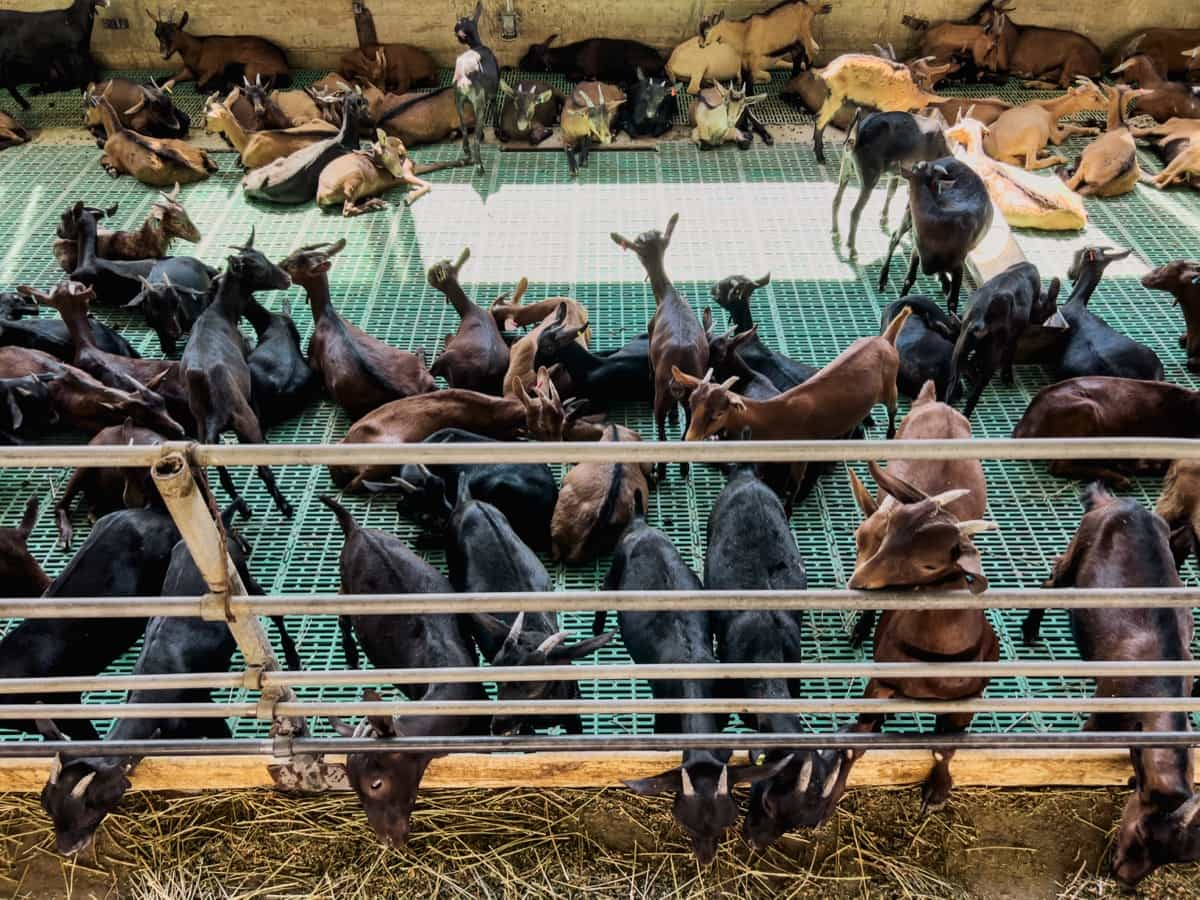
When it comes to mating, introducing a buck into the doe’s pen during estrus is a common practice. Observing behavioral cues such as tail wagging and vocalization can indicate when the doe is ready to breed. Alternatively, artificial insemination can be used to improve genetic traits or overcome logistical challenges with natural mating.
A veterinarian should perform a pregnancy diagnosis to confirm gestation early on. Proper prenatal care includes vaccinations, deworming treatments, and monitoring overall health throughout pregnancy. Being proactive in managing potential complications during kidding season will help ensure successful births and healthy offspring.
Record Keeping and Data Management
Keeping records allows you to efficiently track your goats’ health, breeding, and productivity. It helps you make informed decisions about your livestock’s overall well-being. Maintaining accurate records also aids in monitoring expenses, sales, and profits associated with your farm operations. This information is vital for financial planning and budgeting purposes to ensure the sustainability of your business in the long run.
Utilizing digital tools or software can streamline the record-keeping process, making it easier to input, retrieve, and analyze data promptly. Implementing a systematic approach to data management will enhance efficiency and organization within your goat farming venture. Regularly reviewing and updating your records is essential to stay on top of trends, find potential issues early on, and continually improve upon existing practices for optimal outcomes.
Marketing and Sales Strategies
Understand their needs and tailor your marketing approach accordingly. Use social media platforms to showcase your farm and engage with customers. Share photos and videos of your goats, informative content about goat farming, and interactions with followers. This can help attract potential buyers. Consider attending local farmers’ markets or agricultural fairs to promote your products directly to consumers.
Networking with other farmers or livestock associations can also open up new sales opportunities. Offer promotions or discounts during peak seasons to incentivize customers to buy from you. Providing good customer service and maintaining transparency in pricing can help build trust with buyers. Effective marketing strategies are not just about selling products but also building relationships with customers.
Financial Management and Budgeting
Managing the financial aspect of your goat farming business is crucial for its success. Setting a budget helps you allocate resources efficiently, whether it’s for feed, healthcare, or infrastructure development. Keep track of expenses and revenue to ensure profitability. Consider implementing cost-cutting measures without compromising the quality of care for your goats. Explore options like bulk purchasing feed or sourcing materials locally to reduce costs. Additionally, monitor market trends and adjust prices accordingly to stay competitive in the industry.
In case you missed it: How to Start Profitable Pygmy Goat Farming: Business Plan and Requirements
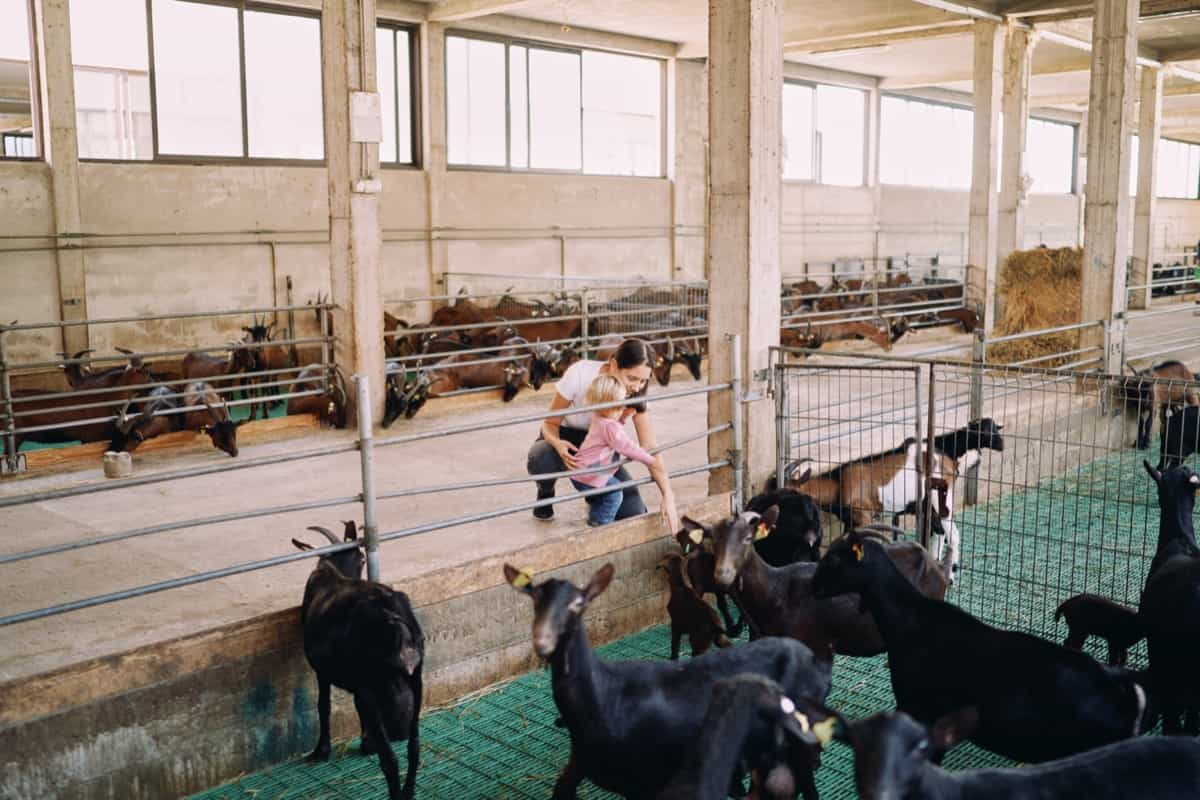
Create a contingency fund for unexpected expenses such as veterinary emergencies or natural disasters. Having financial reserves provides peace of mind and ensures that operations can apply smoothly even during challenging times. Invest in software that can help streamline financial management processes, such as accounting software or budgeting apps. These tools can simplify tasks like invoicing, payroll management, and tracking expenditures.
Risk Management and Contingency Planning
With any business venture, there are always potential risks involved that could impact your farm’s success. It’s essential to identify these risks early on and develop a solid plan to mitigate them effectively. The key aspect of risk management is identifying potential threats to your farm operation. This could include disease outbreaks among your herd, extreme weather conditions affecting grazing areas, or market fluctuations impacting the sale of goat products.
Some common risks in goat farming include disease outbreaks among the livestock, fluctuating market prices for goat products, and natural disasters affecting the farm infrastructure. By implementing strategies to address these risks, you can better protect your investment and ensure your farm’s long-term sustainability.
Contingency planning is about having backup solutions in place for unforeseen events that may disrupt operations. This could involve setting aside emergency funds for unexpected expenses, establishing relationships with alternative suppliers or buyers, or diversifying your product offerings to minimize dependency on one revenue stream.
Sustainable Practices and Future Expansion
Implementing eco-friendly methods, such as efficient waste management and resource utilization, benefits the environment and also contributes to cost savings in your farm’s operation. Applying eco-friendly techniques not only benefits the environment but also ensures your farm’s long-term success. Consider incorporating rotational grazing to maintain healthy pastures and prevent overgrazing. Furthermore, investing in high-quality feed and providing access to clean water are the main factors in your goats’ health.
Prioritizing goat nutrition can enhance productivity and profitability on your farm. Embrace natural remedies and holistic treatments to minimize reliance on chemicals and antibiotics. As you establish yourself in the market and build a strong customer base, future expansion opportunities may arise. Consider diversifying your services, exploring new markets, or even introducing agritourism activities to increase revenue streams and grow your goat farming venture further.
In case you missed it: Key Rules to Start Totapari Goat Farming from Scratch: Requirements and Business Plan
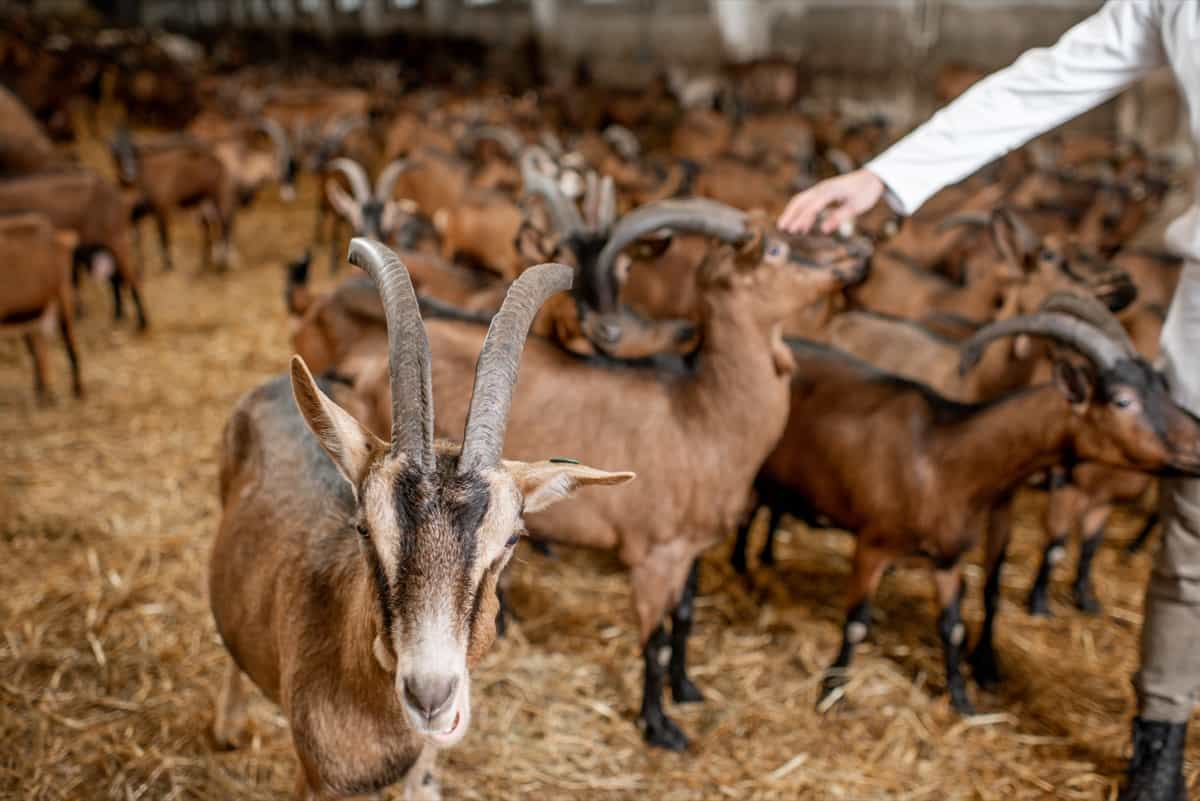
Conclusion
The goat farming business plays an important role in the agricultural sector, offering various benefits to farmers and consumers alike. These versatile animals provide a sustainable source of meat, milk, and fiber that are in high demand globally. Goats are known for their hardiness and adaptability, requiring minimal resources compared to other livestock.
- Economical Aquaculture: A Guide to Low-Budget Fish Farming
- 15 Common Planting Errors That Can Doom Your Fruit Trees
- How to Make Houseplants Bushy: Effective Tips and Ideas
- Innovative Strategies for Boosting Coconut Pollination and Yield
- Pollination Strategies for Maximum Pumpkin Yield
- The Complete Guide to Chicken Fattening: Strategies for Maximum Growth
- Natural Solutions for Tulip Problems: 100% Effective Remedies for Leaf and Bulb-Related Issues
- Revolutionizing Citrus Preservation: Towards a Healthier, Greener Future
- Natural Solutions for Peony Leaf and Flower Problems: 100% Effective Remedies
- Maximizing Profits with Avocado Contract Farming in India: A Comprehensive Guide
- Natural Solutions for Hydrangea Problems: 100% Effective Remedies for Leaf and Flowers
- The Ultimate Guide to Choosing the Perfect Foliage Friend: Bringing Life Indoors
- From Sunlight to Sustainability: 15 Ways to Use Solar Technology in Agriculture
- The Ultimate Guide to Dong Tao Chicken: Exploring from History to Raising
- The Eco-Friendly Makeover: How to Convert Your Unused Swimming Pool into a Fish Pond
- Mastering the Art of Delaware Chicken Farming: Essentials for Healthy Backyard Flocks
- 20 Best Homemade Fertilizers for Money Plant: DIY Recipes and Application Methods
- How to Craft a Comprehensive Free-Range Chicken Farming Business Plan
- Brighten Your Flock: Raising Easter Egger Chickens for Beauty and Bounty
- How to Optimize Your Poultry Egg Farm Business Plan with These Strategies
- Subsidy for Spirulina Cultivation: How Indian Government Schemes Encouraging Spirulina Farmers
- Ultimate Guide to Raising Dominique Chickens: Breeding, Feeding, Egg-Production, and Care
- Mastering the Art of Raising Jersey Giant Chickens: Care, Feeding, and More
- Ultimate Guide to Raising Legbar Chickens: Breeding, Farming Practices, Diet, Egg-Production
- How to Raise Welsummer Chickens: A Comprehensive Guide for Beginners
- How to Protect Indoor Plants in Winter: A Comprehensive Guide
- Ultimate Guide to Grow Bag Gardening: Tips, Tricks, and Planting Ideas for Urban Gardeners
- Guide to Lotus Cultivation: How to Propagate, Plant, Grow, Care, Cost, and Profit
- Agriculture Drone Subsidy Scheme: Government Kisan Subsidy, License, and How to Apply Online
- Ultimate Guide to Raising Araucana Chickens: Breed Profile, Farming Economics, Diet, and Care
- Bringing Hydroponics to Classroom: Importance, Benefits of Learning for School Students
- Ultimate Guide to Raising Polish Chickens: Breed Profile, Farming Economics, Diet, and Care
- Ultimate Guide to Raising Australorp Chickens: Profile, Farming Economics, Egg Production, Diet, and Care
- Silkie Chicken Farming: Raising Practices, Varieties, Egg Production, Diet, and Care
- Sussex Chicken Farming: Raising Practices, Varieties, Egg Production, Diet and Care
- Homemade Feed Formulations for Livestock: Discover Cost-effective Starter to Finisher Feed Recipes
Please answer about best season for beginners
If it is stall-fed goat farming, any time of the year is ok and in case of open grazing system, you should make sure there is enough leaves on trees or green pastures/shrubs on the ground, which is usually rainy season.
It’s a very useful information for the ones who are interested in goat farming.
I’m planning to start goat farming in Assam at the earliest and after studying about goat farming and considering each every aspect about goat farming, I’ve decided to start with Sihori Goat Breed. Therefore, it’l be very helpful for me if come to know where the nearest place of certified goat breeder from where I can buy for farming.
How much land area would be required to rear about 100 goats?, the land area shall be able to cover the plants required to feed the goats as well.
3 to 4 acres should be enough for 100 goats. You can also cultivate green fodder crops in the same land as well
I am planning to start goat farming with 50 goats, pl advice of how to start with,
I want to start date forming in 10 acres pls help me with some project reports
I am from Hyderabad ,Telangana. i want to start a goat farming.. which breed is better for my area
Goat farming interesting
I’m from Lucknow, Uttar Pradesh.I want to start goat farming. Which breed is better for my area.
Vimlesh Singh
Lucknow
Check with your local farms, get goat breeds suitable to your climatic conditions.
an interesting lecture keep it up
I found the write up informative